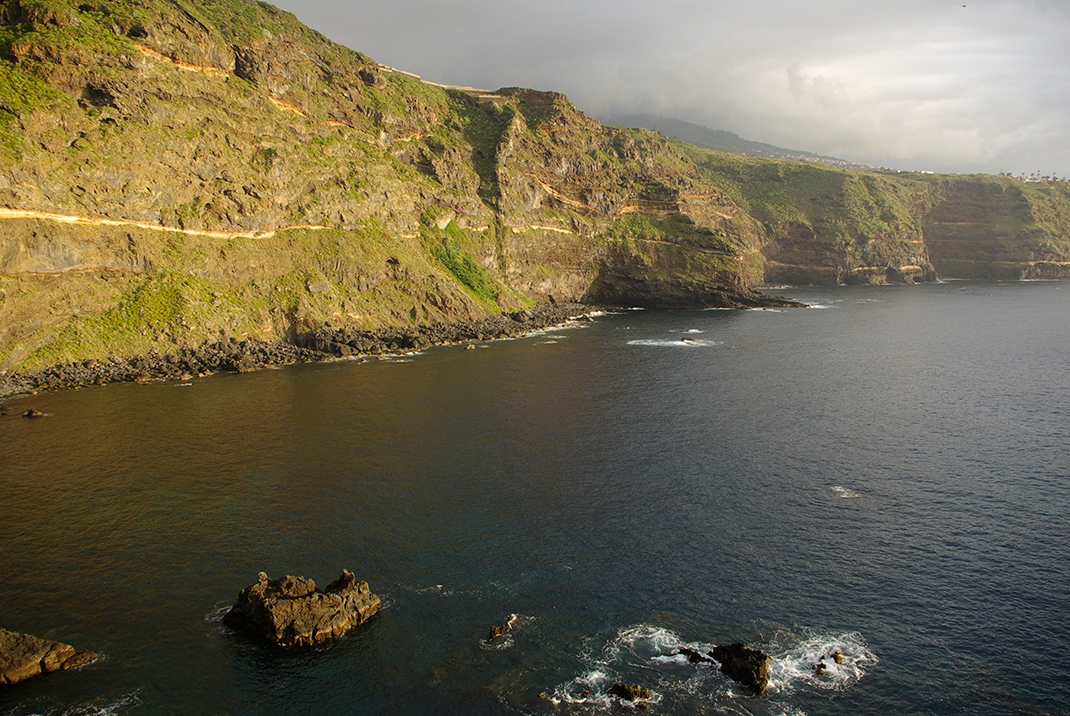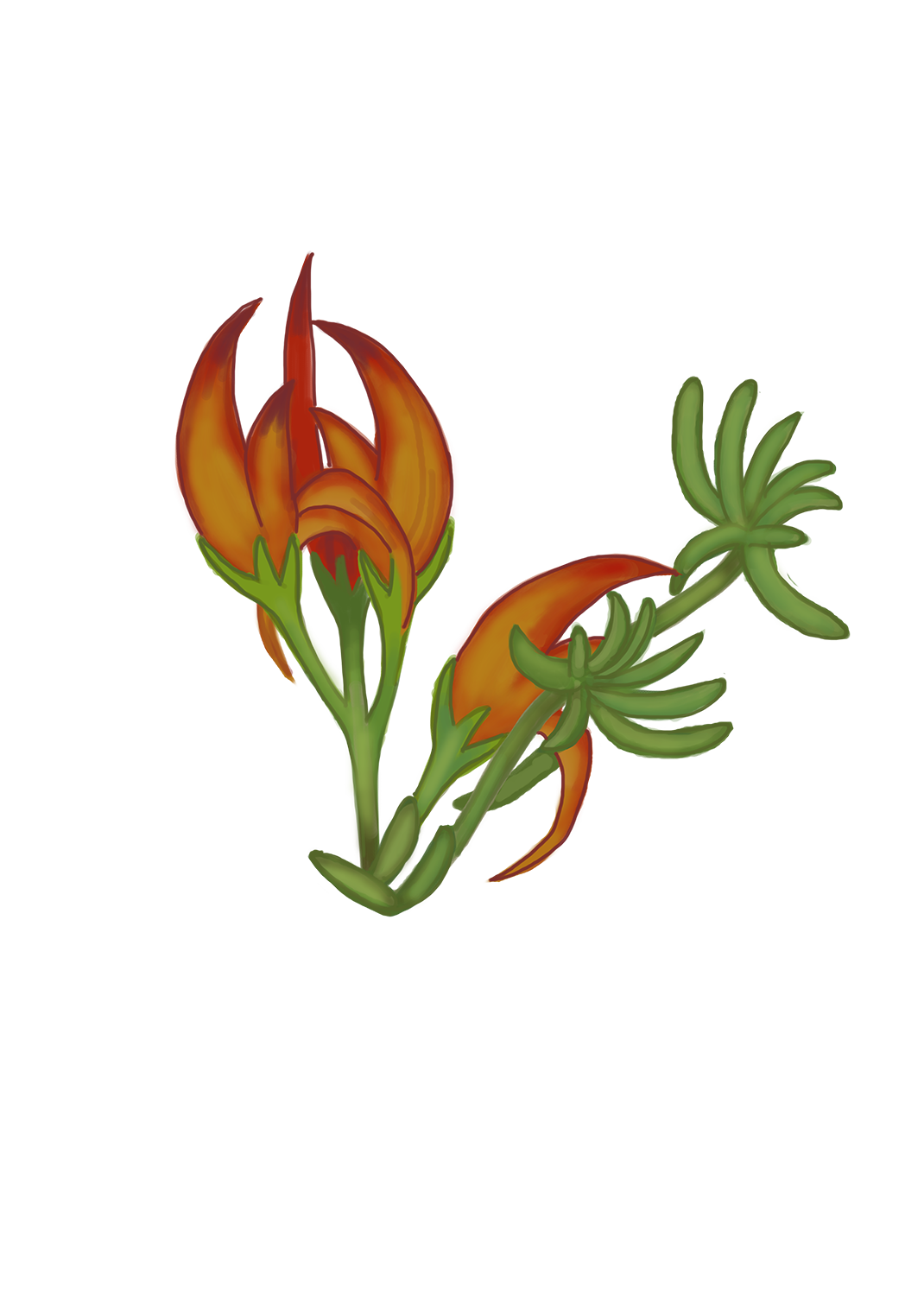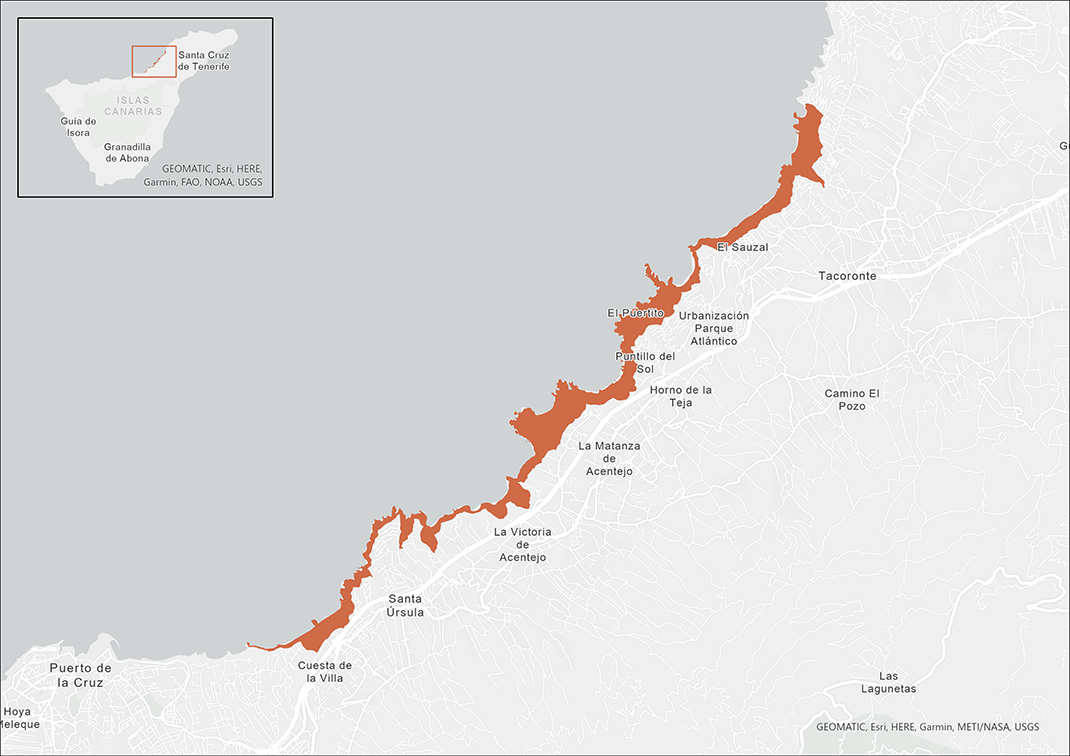Plan your next adventure
Tailor your own route along Tenerife’s trails quickly and easily..
Go to planner
The Costa de Acentejo Protected Landscape occupies a narrow strip of the coast of El Sauzal, La Matanza, La Victoria, Santa Úrsula and part of Tacoronte and La Orotava.
Recommended time to visit: All year-round.
This area represents the typical morphology of the north coast of the western Canary Islands.
It is a section of coastline with cliffs rising up to 300 metres in height, interspersed with the mouths of ravines, beaches and shore platforms, where the sea pounds against the shoreline.
The sea has gradually eroded the coast, separating shallows, stacks and islets from the land.
In some areas, there are few signs of human activity, as most of the coastline is rugged and inaccessible. As a result, the environmental qualities of the landscape are almost entirely undisturbed.

The vegetation here consists mostly of cardón or Canary Island spurge (Euphorbia canariensis) and other species typical of the coastal scrublands, with some isolated patches of thermophilic plants.
The best-preserved species are the rock-dwelling species, which thrive on the less accessible and steeper cliffs, in crevices where organic matter accumulates, preferably in the shade.
Among the endangered and protected species found on these cliffs are cabezón de Webb (Cheirolophuswebbianus), endemic to the north of Tenerife, tree houseleek (Aeoniumarboreum), endemic to the north of Tenerife and La Palma, a type of sea-lavender known as siemprevivaimbricada (Limoniumimbricatum), also endemic to the north of these two islands, chajorranorteña (Sideritiskuegleriana), a plant only found in the north of Tenerife; and pico de El Sauzal (Lotus maculatus), one of the most endangered plants in the Canary Islands, found only here, at La Punta del Puertito in El Sauzal, and on Roque de Tierra, in Anaga.
The most common animal species in the area are invertebrates. However, as there are no unique habitats in the Acentejo cliffs that could harbour species with a limited range, there are no protected invertebrates within the area.
As for other wildlife, this site is notable for its Bulwer’s petrel breeding colony. The Scopoli’s shearwater also breeds on these cliffs.
Songbirds include blackbirds, chiffchaffs, warblers and canaries.
The most common species of reptile is the Tenerife lizard, often found in open, sunny environments such as this. However, Tenerife geckos and Tenerife skinks are much rarer here.
The only native mammals are bats, and the lesser noctule, European free-tailed bat and Canary long-eared bat have been recorded in the area.

401 ha (0.2% of the island).
Cabezón de Webb (Cheirolophuswebbianus), tree houseleek (Aeoniumarboreum), siemprevivaimbricada (Limoniumimbricatum), pico de El Sauzal (Lotus maculatus), chajorranorteña (Sideritiskuegleriana), Bulwer’s petrel, Scopoli’s shearwater, kestrel, blackbird, chiffchaff, canary, Tenerife lizard, lesser noctule, European free-tailed bat, Canary long-eared bat.
Rocky, cliff, cardonal (Euphorbia), thermophilic.
Guayonje, El Ancón, Mesa del Mar, El Rincón.
To consult permits for use and updated regulations for this Protected Natural Area, visit the official website of the Government of the Canary Islands.

Tailor your own route along Tenerife’s trails quickly and easily..
Go to planner